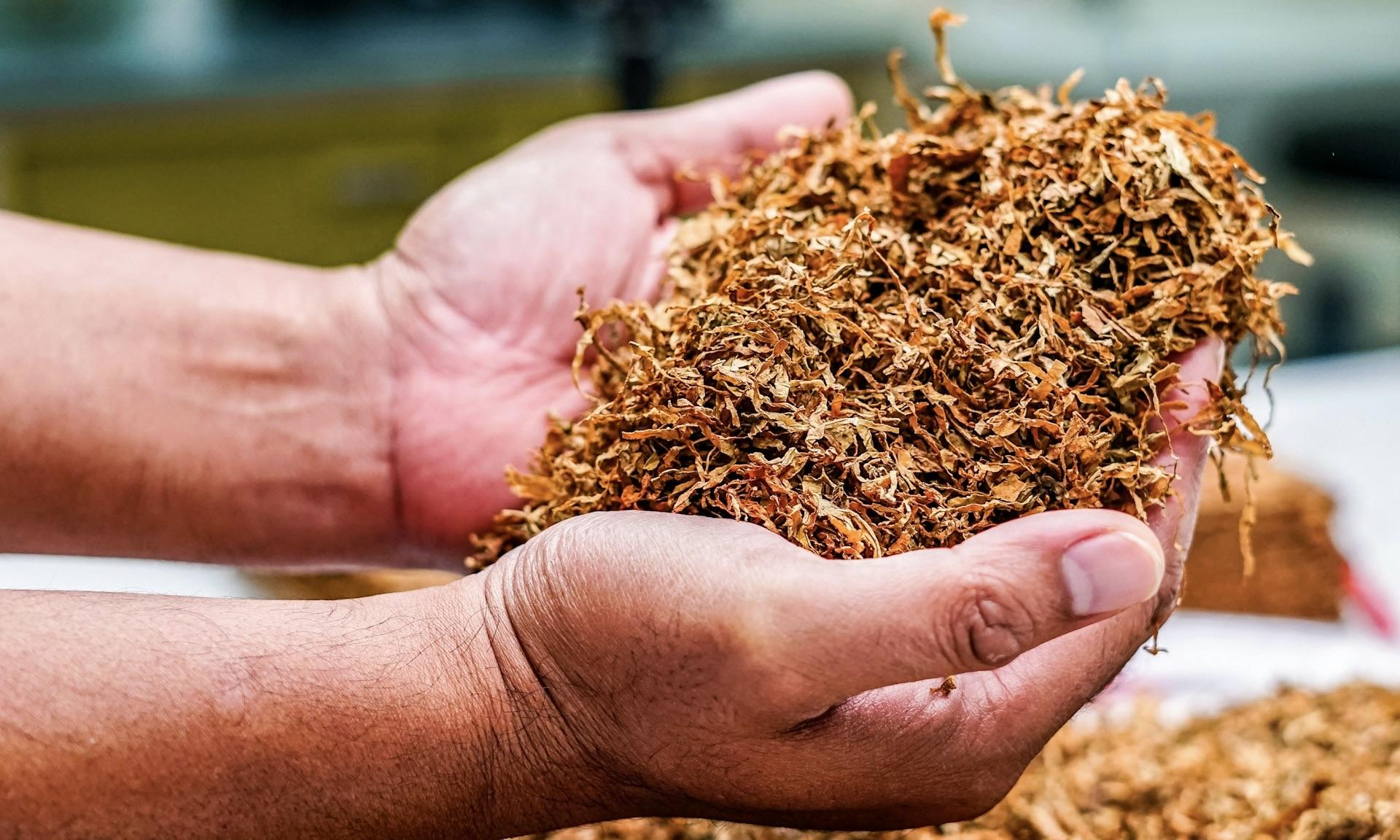Nicotine pouches have surged in popularity across the U.S., while traditional tobacco use has hit its lowest point in 25 years. Public health experts are now grappling with the implications of this emerging trend, as a growing number of teens turn to these smokeless products for their nicotine fix.
Youth Tobacco Use Plummets, But New Concerns Arise
According to the latest data from the Centers for Disease Control and Prevention (CDC), youth tobacco use in the U.S. has dropped to its lowest level in over two decades. However, while smoking rates continue to decline, nicotine pouches—small, smokeless, and tobacco-free—are rising in popularity among teenagers. This shift in product preference has raised concerns about the long-term health effects and regulatory challenges posed by these new nicotine delivery systems.
The Appeal of Nicotine Pouches
Nicotine pouches, often marketed as a cleaner and safer alternative to traditional smoking or vaping, come in small, discreet sachets that can be placed between the gum and upper lip. Unlike traditional tobacco products, these pouches are tobacco-free, and many come in a variety of flavors, which experts believe is part of their growing appeal to young people.
"Nicotine pouches are particularly concerning because they are easy to conceal and come in flavors that attract young users," said Dr. David Anderson, a tobacco control expert. "This isn’t about smoking anymore—it's about a new way to deliver nicotine that’s marketed as less harmful but still highly addictive."
Manufacturers of nicotine pouches have emphasized their products as alternatives for adult smokers looking to quit traditional cigarettes. However, the availability of these products in fruity flavors like "mango" and "cool mint" has sparked criticism, with health advocates arguing that such marketing strategies may be appealing to underage consumers.
Growing Popularity Among Teens
Although cigarette smoking has plummeted among American teens, with less than 3% of high school students identifying as current smokers, nicotine pouches have swiftly filled the gap. Industry analysts predict that the sale of these products will continue to rise as they target individuals looking for a smokeless, tobacco-free alternative to smoking.
A recent study conducted by the National Youth Tobacco Survey revealed that about 1 in 10 high school students have tried nicotine pouches, and the number is growing. "What we’re seeing now is a new generation of users who are bypassing traditional cigarettes but still getting hooked on nicotine," said Dr. Sarah Williams, a pediatric health expert.
Regulatory Challenges and Health Concerns
The rise of nicotine pouches presents a regulatory gray area for the U.S. Food and Drug Administration (FDA). Since these products do not contain tobacco, they fall under different regulatory guidelines, making it difficult for authorities to control their availability and marketing to minors.
Furthermore, while nicotine pouches may be marketed as a "safer" alternative to smoking, the long-term health effects are still largely unknown. "We don’t have enough data to fully understand how nicotine pouches will impact health over time," Dr. Williams added. "But we do know that nicotine is highly addictive, and that alone raises red flags."
Looking Ahead
As traditional tobacco use hits record lows, nicotine pouches represent a new frontier in the battle against youth nicotine addiction. Health experts are urging parents, schools, and policymakers to pay closer attention to these new products, fearing that they may create a fresh wave of addiction among the younger population.
The rise in nicotine pouches may signal a major shift in how young people consume nicotine, but the debate over their safety and regulation is only just beginning.



 NASA Faces Major Workforce Reduction as 20% of Employees Prepare to Leave
NASA Faces Major Workforce Reduction as 20% of Employees Prepare to Leave  SpaceX Starship Test Flight Reaches New Heights but Ends in Setback
SpaceX Starship Test Flight Reaches New Heights but Ends in Setback  Parents abused by their children often suffer in silence – specialist therapy is helping them find a voice
Parents abused by their children often suffer in silence – specialist therapy is helping them find a voice  CDC Vaccine Review Sparks Controversy Over Thimerosal Study Citation
CDC Vaccine Review Sparks Controversy Over Thimerosal Study Citation  6 simple questions to tell if a ‘finfluencer’ is more flash than cash
6 simple questions to tell if a ‘finfluencer’ is more flash than cash  Why financial hardship is more likely if you’re disabled or sick
Why financial hardship is more likely if you’re disabled or sick  Office design isn’t keeping up with post-COVID work styles - here’s what workers really want
Office design isn’t keeping up with post-COVID work styles - here’s what workers really want  Trump and Merck KGaA Partner to Slash IVF Drug Costs and Expand Fertility Coverage
Trump and Merck KGaA Partner to Slash IVF Drug Costs and Expand Fertility Coverage  Neuren Pharmaceuticals Surges on U.S. Patent Win for Rare Disorder Drug
Neuren Pharmaceuticals Surges on U.S. Patent Win for Rare Disorder Drug  Lost in space: MethaneSat failed just as NZ was to take over mission control – here’s what we need to know now
Lost in space: MethaneSat failed just as NZ was to take over mission control – here’s what we need to know now  Why have so few atrocities ever been recognised as genocide?
Why have so few atrocities ever been recognised as genocide?  Youth are charting new freshwater futures by learning from the water on the water
Youth are charting new freshwater futures by learning from the water on the water  Can your cat recognise you by scent? New study shows it’s likely
Can your cat recognise you by scent? New study shows it’s likely 































